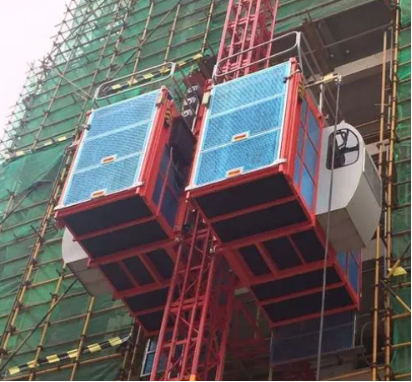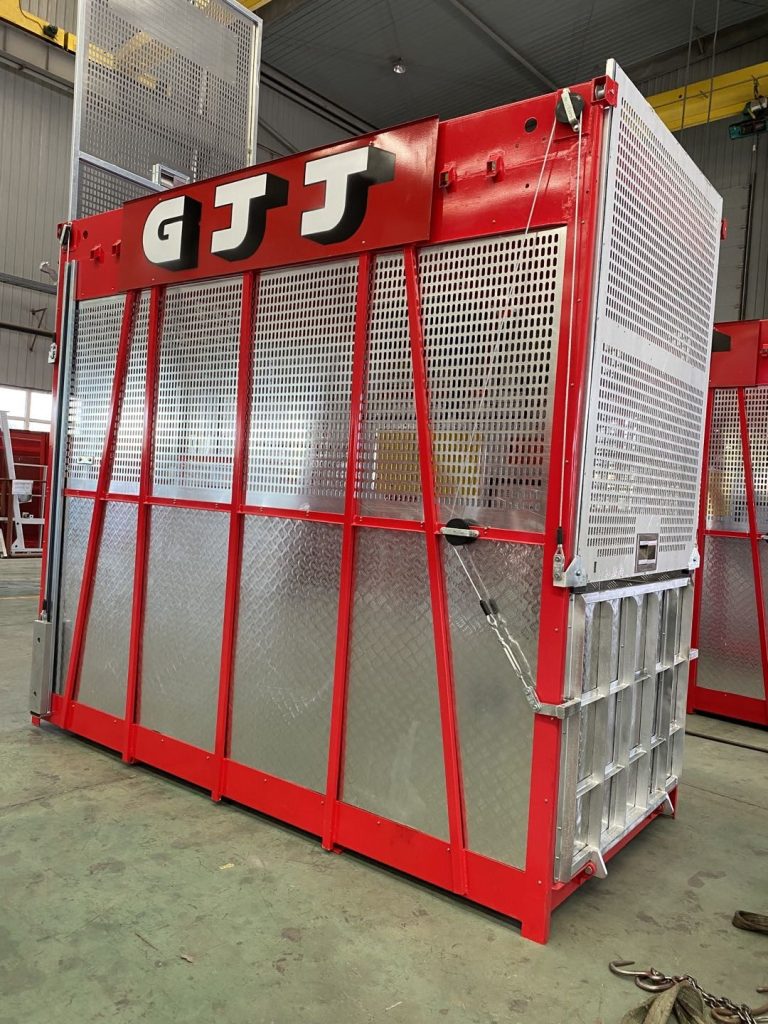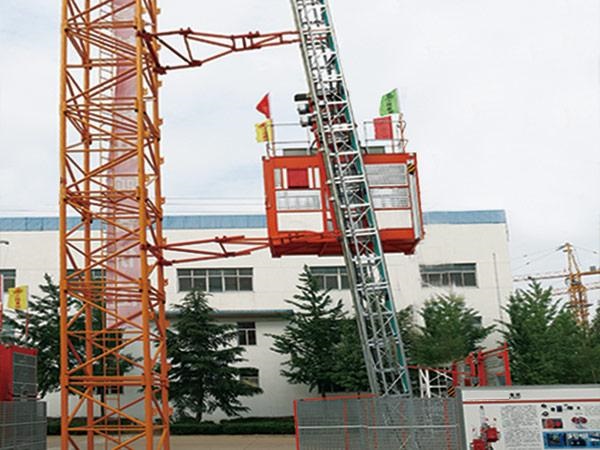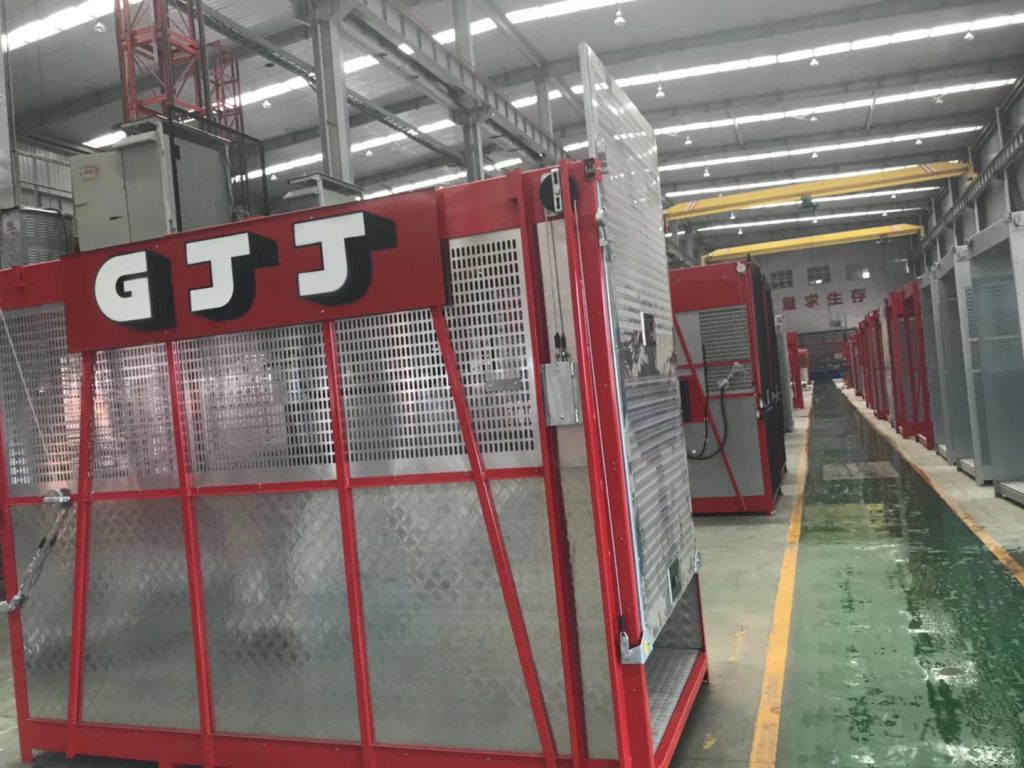A construction hoist is a temporary vertical lift system used on construction sites to transport personnel, materials, or both between floors of a building under construction. Also called construction elevators or temporary lifts, these machines are installed along the outside of a building or structure and operate using rails or mast sections.
Unlike permanent elevators used in finished buildings, construction hoists are designed for short-term, heavy-duty use in harsh and demanding environments. They typically consist of a cage (or car), a mast or tower, a base enclosure, and a drive system (usually mounted on the cage roof or at the base). This article will delve into the world of the construction site hoist, exploring its definition, importance, types, and the paramount focus on safety.
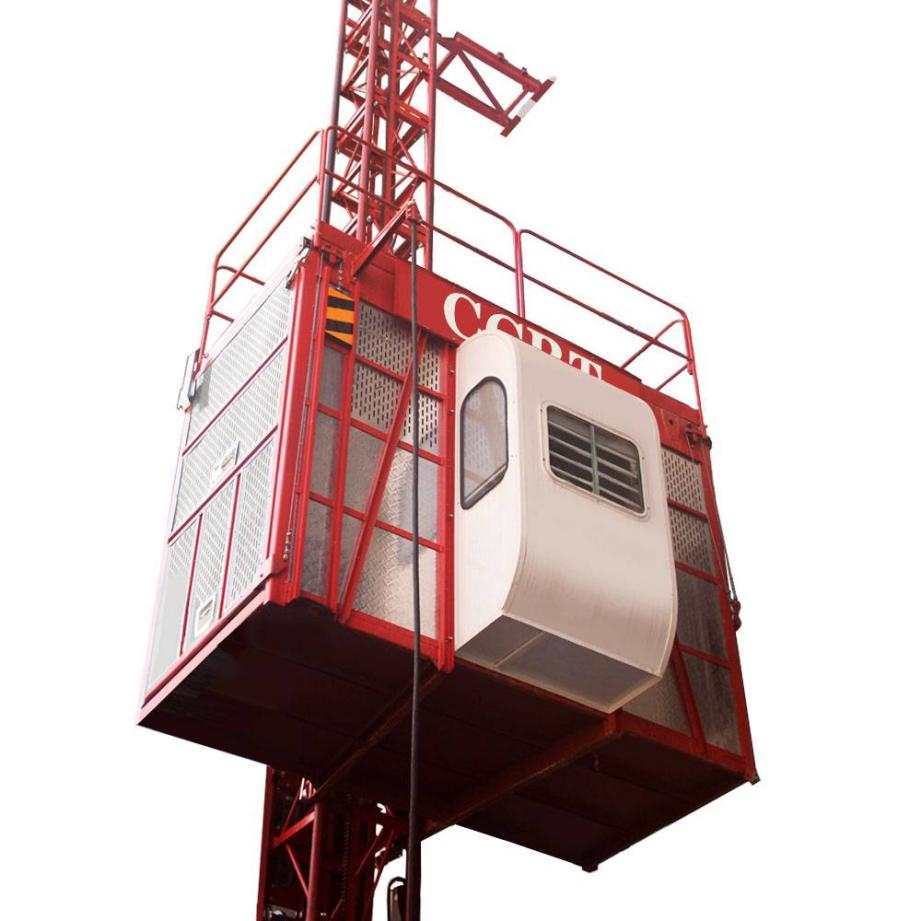
Why Are Construction Hoists Essential on Building Sites?
The importance of a construction site hoist cannot be overstated in modern construction, particularly for mid-rise and high-rise projects. Without efficient vertical transportation, the logistical challenges would be immense, severely impacting project timelines, costs, and safety. Here’s why they are essential:
- Improved Efficiency: Transporting materials and workers via hoist significantly speeds up workflow compared to stairs or cranes.
- Safety: Hoists reduce manual lifting and climbing, which lowers the risk of workplace injuries.
- Cost Saving: Faster transportation of materials leads to shorter construction times and reduced labor costs.
- High-rise Projects: As buildings go higher, vertical transport becomes impossible without mechanical assistance.
Common Types of Hoists in Construction Sites

Construction hoists come in various types, primarily classified by their function, driving mechanism, and capacity. Understanding the different types helps in selecting the most suitable hoist for a specific project’s needs.
Passenger & Material Hoist
This type of hoist serves a dual purpose—it is designed to transport both workers and construction materials. Equipped with safety features and comfort facilities such as lighting and ventilation, it ensures the safety and well-being of passengers. These hoists are specifically engineered and certified for carrying personnel and materials, featuring enclosed cages to enhance safety. Because they transport people, they adhere to higher safety standards and stricter operating procedures. Widely used throughout the construction process, they provide essential vertical access for all site personnel and a wide range of materials.
Typical features:
- Load capacity: 1–3 tons
- Travel speed: 30–90 m/min
- Can be single or twin cage for higher efficiency
Material-Only Hoist
This type of hoist is specifically designed and intended solely for the vertical transportation of materials. They might feature an open platform or a cage not designed to the same strict passenger safety standards as P/M hoists. Material hoists are often used for projects where large or bulky materials need to be moved efficiently, or on sites where personnel access is primarily via stairs or other means.
Benefits:
- Lower installation and operation costs
- Simpler design with fewer safety requirements
Rack and Pinion Hoist
Rack and Pinion Hoist: This classification refers to the driving mechanism. Rack and pinion hoists are the most prevalent type used in modern construction globally. Their operation relies on a motor-driven pinion gear that moves along a fixed toothed rack attached to the mast sections. This system offers several advantages:
- Reliability: The positive drive system is less susceptible to slippage compared to friction-based systems.
- Stability: They provide stable lifting and lowering, even with heavy loads.
- Modularity: The mast is built from interlocking sections, allowing the hoist height to be easily increased as the building grows.
- Versatility: They can be designed for both passenger and material transport with varying load capacities and speeds.

Wire Rope Hoist
These hoists operate using a system of wire ropes and drums, similar in principle to a traditional elevator. A winch mechanism winds or unwinds steel cables to raise or lower the platform or cage. While some smaller or specialized material hoists might use this system, the rack and pinion system has largely become the dominant type for high-rise personnel and material transport hoists due to its inherent stability and safety features related to the direct mechanical drive. However, variations of wire rope systems are still used in some temporary lifting applications on construction sites, such as suspended scaffolding hoists.
Limitations:
- Not suitable for very tall buildings
- Higher wear-and-tear on cables
Other less common types or variations include transport platforms, which typically operate at lower speeds and heights than full construction hoists, and specialized hoists designed to operate within existing or future elevator shafts to save exterior space. The choice of hoist type depends on factors like building height, required load capacity, site constraints, duration of use, and budget.
Safety Is Critical for Construction Hoists
While hoists are extremely helpful, they can also be dangerous if not properly installed, operated, or maintained. Construction site hoists in China and around the world are subject to strict safety regulations, especially when used to transport workers.
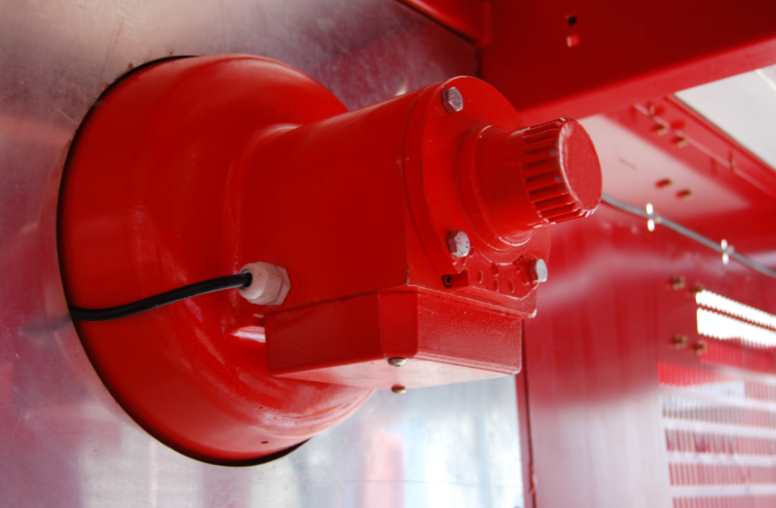
Key Safety Devices in Hoists
Modern construction hoists are equipped with multiple safety mechanisms, including:
- Overload sensors: Prevents the hoist from operating if the weight limit is exceeded.
- Emergency stop buttons: Allows quick halting in case of failure.
- Overspeed governors: Automatically stop the cage if it descends too fast.
- Mechanical interlocks: Ensure doors are closed and locked before movement begins.
- Limit switches: Prevent the cage from over-traveling at the top or bottom.
Safe Operating Procedures
To ensure safe operation, site managers and operators should follow these best practices:
- Only trained and certified operators should control the hoist.
- Daily inspections must be conducted before use.
- Never overload the cage.
- Always ensure passengers stand clear of gates and moving parts.
- Emergency drills should be conducted regularly.
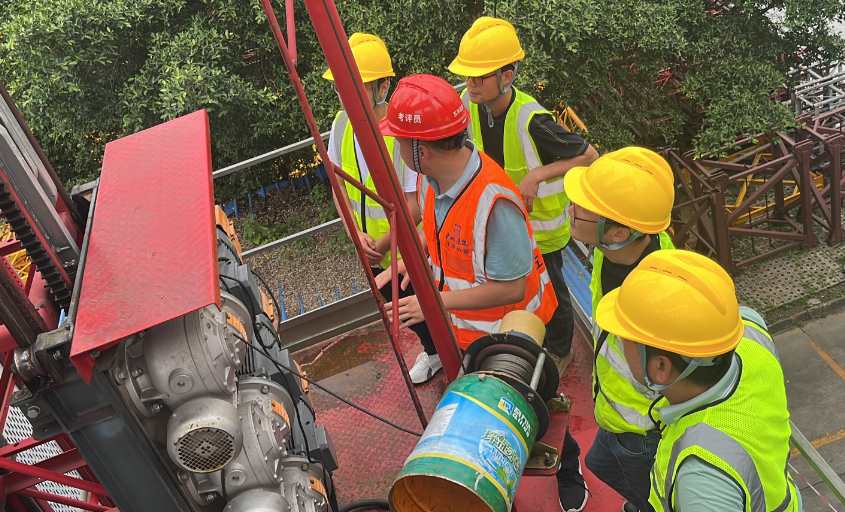
Routine Inspection and Maintenance
Regular maintenance is essential to avoid breakdowns and accidents. A proper maintenance schedule should include:
- Weekly lubrication of gears and moving parts
- Inspection of safety devices
- Cleaning of control panels and electrical systems
- Re-tightening of bolts and mast connections
Final Thoughts
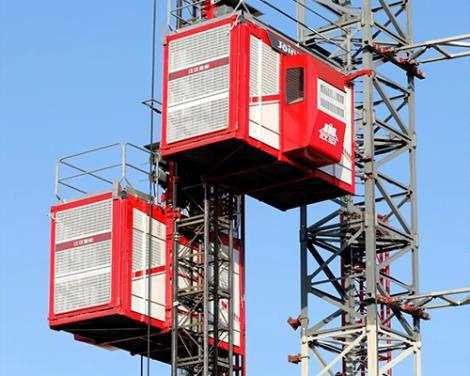
The construction hoist, often unassuming compared to the towering cranes on a building site, is truly one of the unsung heroes of modern vertical construction. It provides the essential logistical backbone, enabling the efficient, timely, and safe movement of the two most critical resources: the skilled workforce and the materials they need to transform blueprints into reality.
From the foundational stages to the final touches, hundreds of meters in the air, the construction site hoist plays an indispensable role. Understanding “what is a construction hoist” reveals its fundamental importance as a powerful tool that elevates not just materials and people, but the entire construction process itself, safely and efficiently, one floor at a time.
Related Products
Builder Hoist Lift
Flexible
Multifunctional
Easy to operate
Construction Material Hoist
Use high-quality steel
Simple and cost-saving
Lean Construction Hoist Lift
Compact structure
Easy to operate
Easy to assemble and disassemble
GJJ Construction Site Hoist
With a lightweight…

